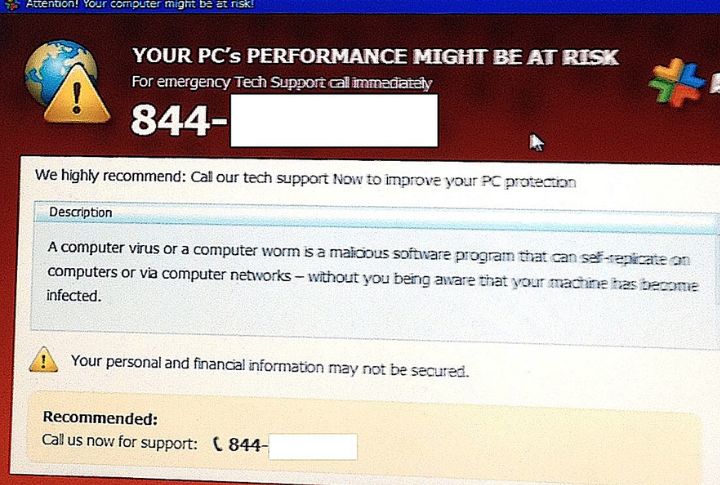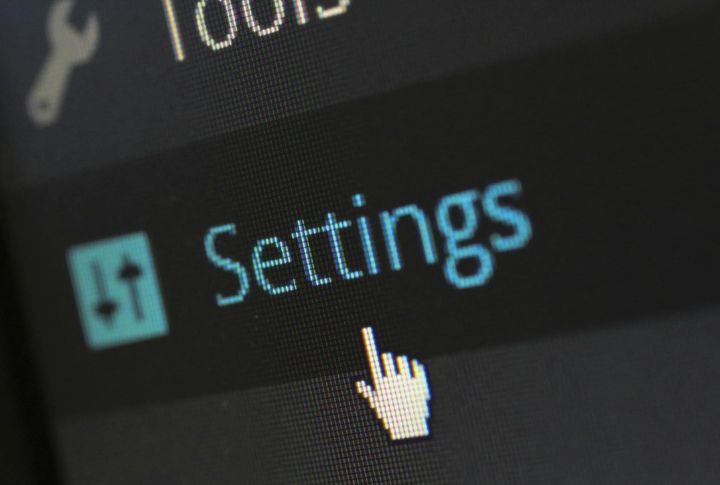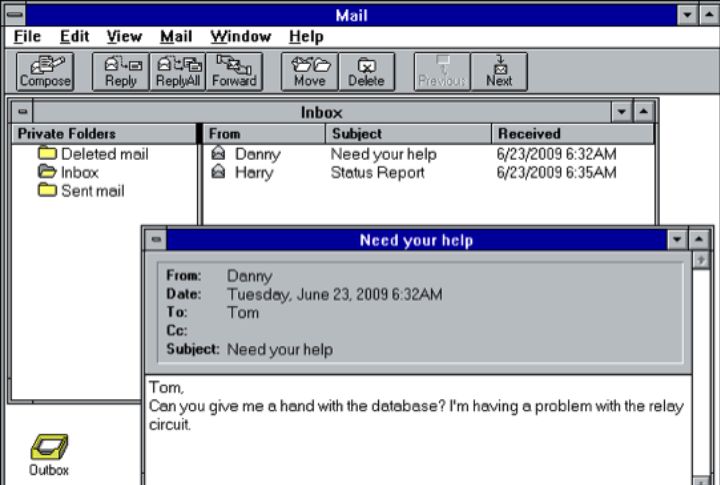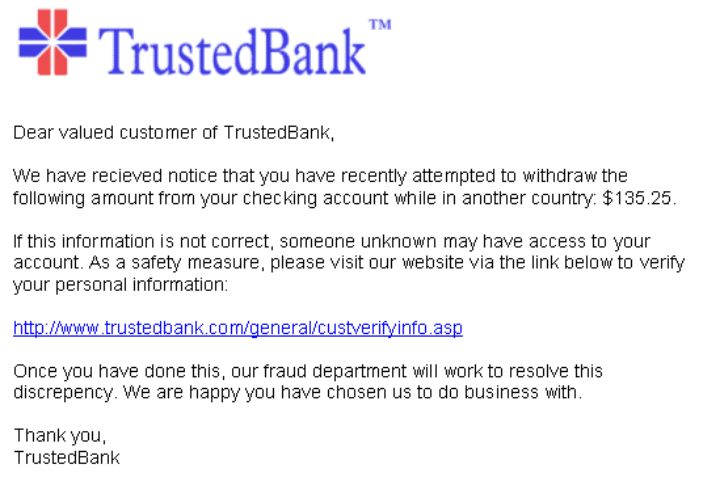
Even a well-functioning PC can hide something harmful. Malware often masks its presence through normal processes, draining resources or monitoring user activity without obvious signs. As cybersecurity risks increase, understanding the indicators is more crucial than ever. Here are 10 subtle yet serious symptoms that could signal a hidden infection on your device.
Sudden Slowdowns During Simple Tasks

Malware often runs hidden programs that use your CPU and memory. Even low-level spyware can slow things down. Some threats mimic trusted system processes to avoid detection. If tasks like opening files feel sluggish, it’s time to check for background infections.
The Internet Feels Sluggish Across All Devices

One infected computer could be the source of the problem if every device on your network is experiencing lag. Malware may be sending data out or using your PC as part of a botnet. Look for nonstop activity lights on your router and reduced speed even during low usage.
Mysterious Pop-Ups Or Ads When You’re Offline

Pop-ups that come up when your browser is closed or the internet is off may be caused by adware. Some malware mimics system alerts. Clicking these can install more dangerous threats. These pop-ups are designed to appear authentic and often appear at regular intervals.
Security Tools Are Suddenly Disabled

If your antivirus turns off without warning, malware could be active. Some threats disable firewalls, rewrite Defender’s registry settings, or show fake “active” screens to fool you. Others remove security icons from the tray to avoid suspicion while continuing to operate in the background.
Browser Redirects Or Fake Search Results

Malware can change your homepage or hijack your search engine to redirect you. DNS hijackers may take you to fake websites even if you typed the address correctly. These sites can steal information or trick you into downloading more malware.
Cursor Moves Or Clicks Without You

If your mouse moves or clicks by itself, you may have a Remote Access Trojan. These threats let attackers open files, install programs, or bypass warnings. It often happens when your computer is idle and can go unnoticed without a firewall or alert system.
Email Account Sends Messages You Didn’t Write

Malware can hijack your email account and send messages to your contacts. These emails mostly contain links or attachments that spread the infection. The messages may copy your writing style or use your signature to seem real and avoid raising suspicion.
Webcam Or Mic Light Flickers On Its Own

Your devices might be listening when you least expect it. Spyware can secretly control your camera or microphone, sometimes disabling the indicator light to avoid detection. This malicious software records video or sound, transmitting it to external servers, posing a serious risk to privacy and security.
Unauthorized Charges Or Bank Logins

Banking malware may overlay fake login pages to steal your credentials. Some malware records keystrokes or auto-fills forms using stolen info. Small unauthorized charges may appear as test purchases before bigger fraud. Stay alert for any financial activity you didn’t approve.
Suspicious New User Accounts Are Created

Admin-level malware can create hidden user accounts that don’t show up on your login screen. These accounts may control your settings, launch tasks, or access files. Review your system logs and user list for accounts you didn’t create or authorize.

